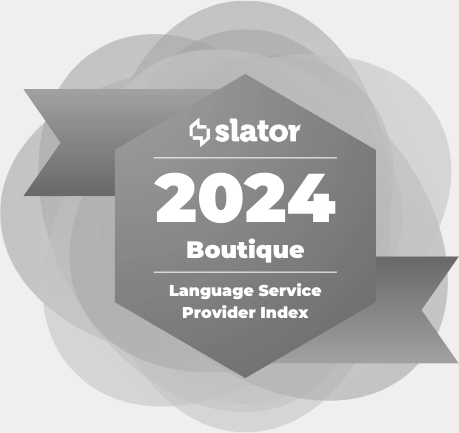GALA 2016: It’s Not Man vs. Machine
This year’s annual conference of the Globalization and Localization Association (GALA) took place in New York City on March 20-23, and, reflecting the new patterns of disruption in the language industry, its theme was “Next-Gen Language Services: Changing Needs, Changing Models.”
To me, the overarching topic was a new approach to integration of technology. Departing from the old paradigm of “man versus machine,” which was the theme of the International Federation of Translators’ Congress less than two years ago, we are now moving toward a notion of “man and machine,” viewing technology as a complement to human intellect rather than its replacement. From the opening keynote by IBM’s Pavan Arora, who shared his observations about IBM Watson (a cognitive system enabling a new partnership between people and computers) to the closing session by Moravia’s Renato Beninatto who summed up the conference by stating that the language industry has matured and is successfully using technology rather than trying to battle it, the conference sessions revolved around the synthesis of humans and technology. This went beyond the usual discussion of the advances and limitations of machine translation, but applied also to new platforms for interpreting, translation workflow optimization, and leveraging big data.
It is my long-held view that in the language industry we are not looking at a zero-sum proposition of machines replacing translators – a notion according to which the more content is translated by machines the less is left to do for translators – but rather that advances in technology create new demand for language work.
The GALA 2016 conference definitely confirms the latter.
Jiri Stejskal, President and CEO, CETRA, Inc.




